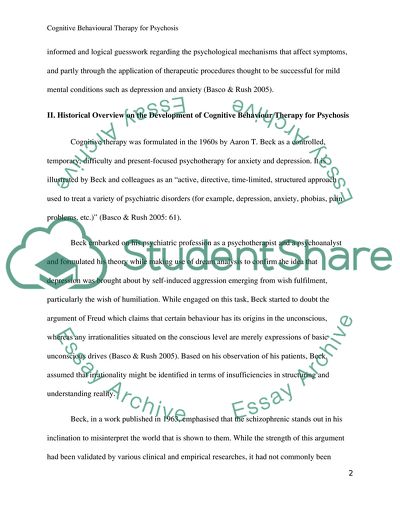Cite this document
(Cognitive Behavioural Therapy for Psychosis Research Paper, n.d.)
Cognitive Behavioural Therapy for Psychosis Research Paper. Retrieved from https://studentshare.org/health-sciences-medicine/1723362-interventions-in-serious-and-enduring-mental-illnes
Cognitive Behavioural Therapy for Psychosis Research Paper. Retrieved from https://studentshare.org/health-sciences-medicine/1723362-interventions-in-serious-and-enduring-mental-illnes
(Cognitive Behavioural Therapy for Psychosis Research Paper)
Cognitive Behavioural Therapy for Psychosis Research Paper. https://studentshare.org/health-sciences-medicine/1723362-interventions-in-serious-and-enduring-mental-illnes.
Cognitive Behavioural Therapy for Psychosis Research Paper. https://studentshare.org/health-sciences-medicine/1723362-interventions-in-serious-and-enduring-mental-illnes.
“Cognitive Behavioural Therapy for Psychosis Research Paper”, n.d. https://studentshare.org/health-sciences-medicine/1723362-interventions-in-serious-and-enduring-mental-illnes.


